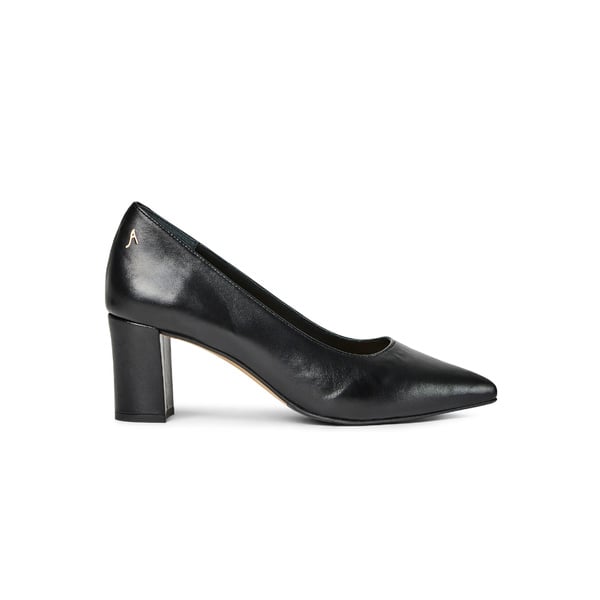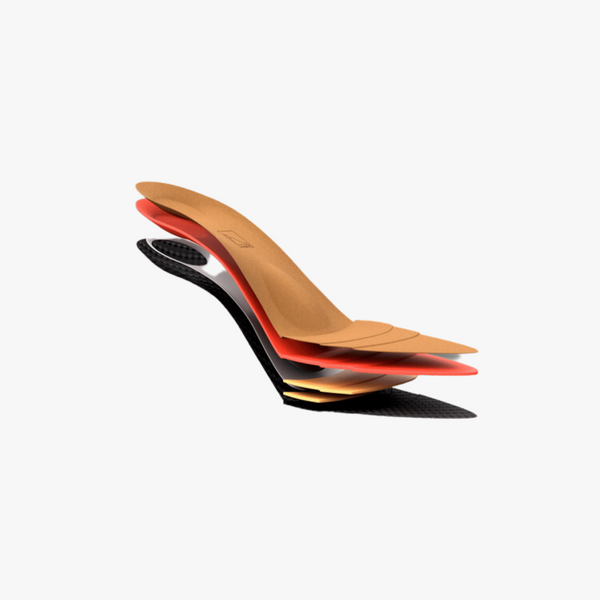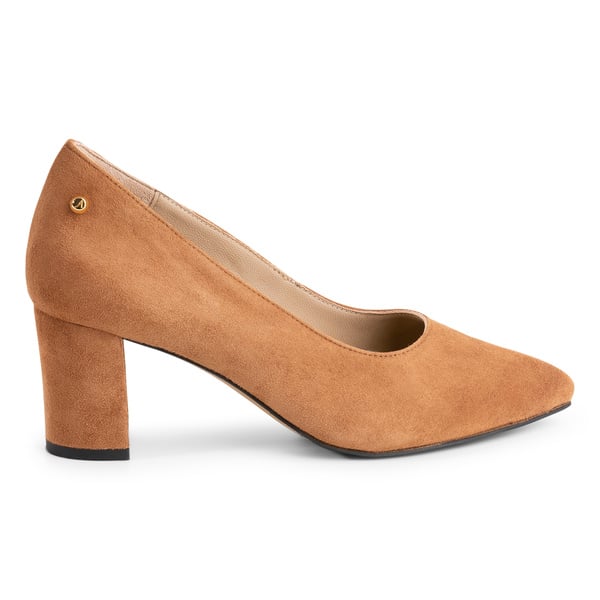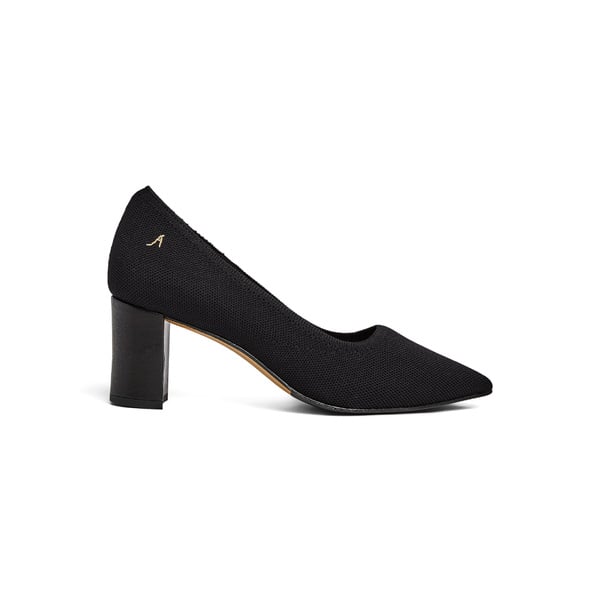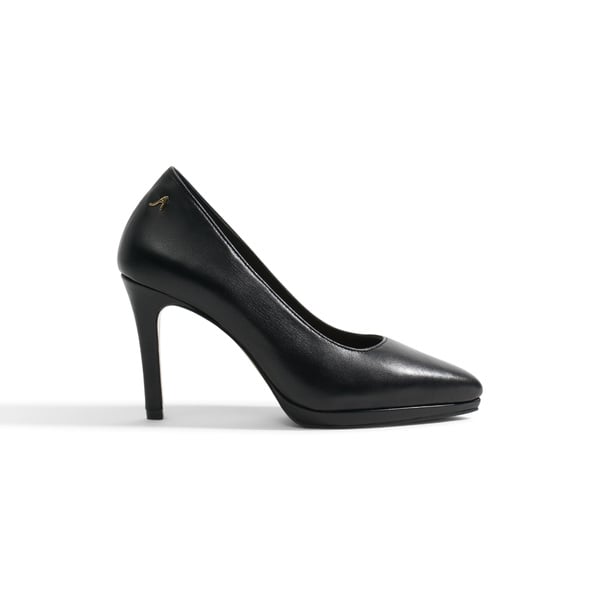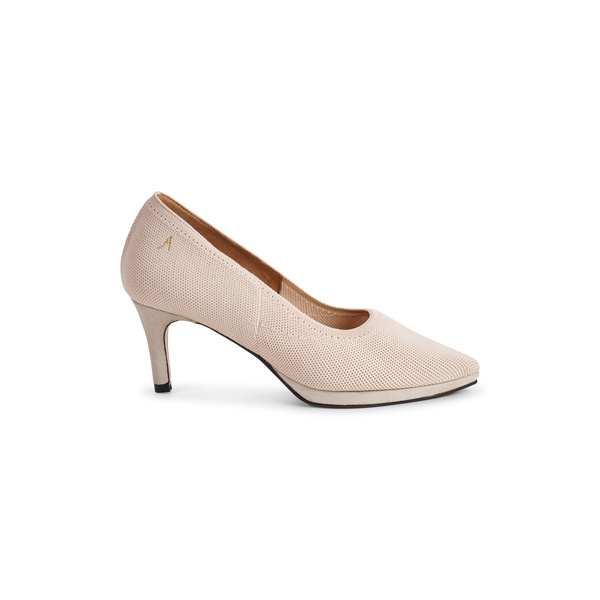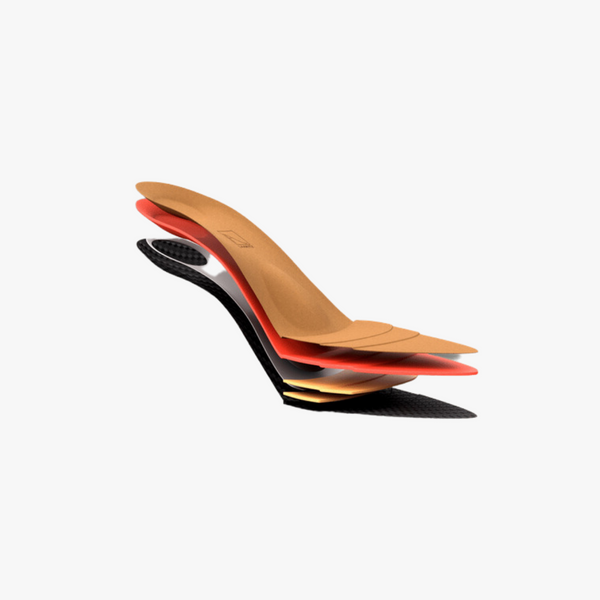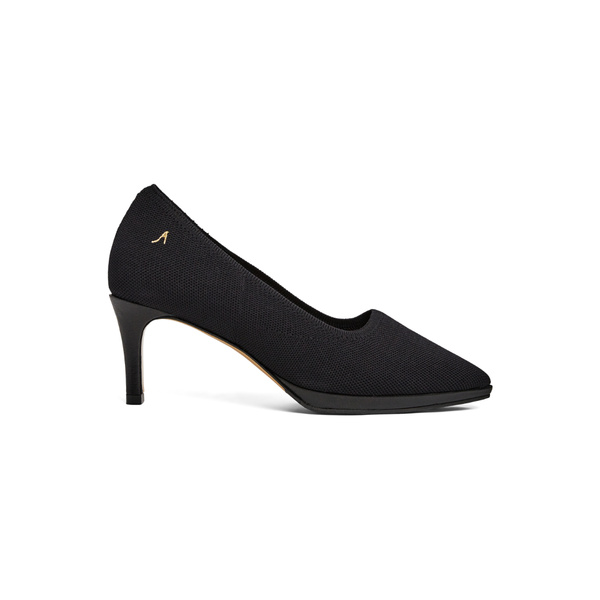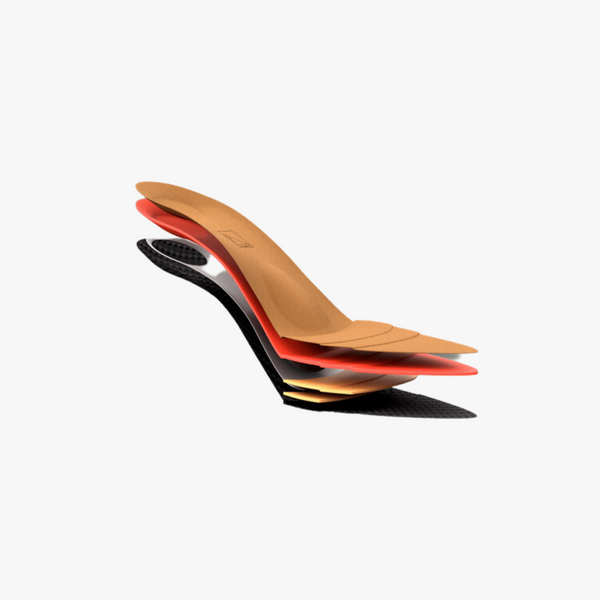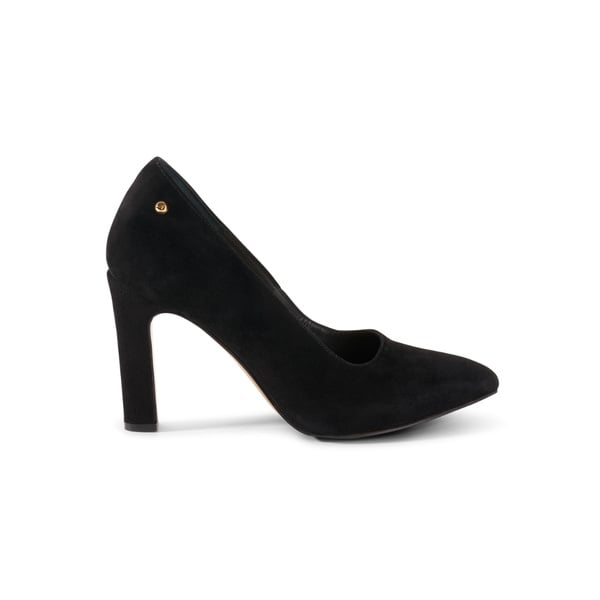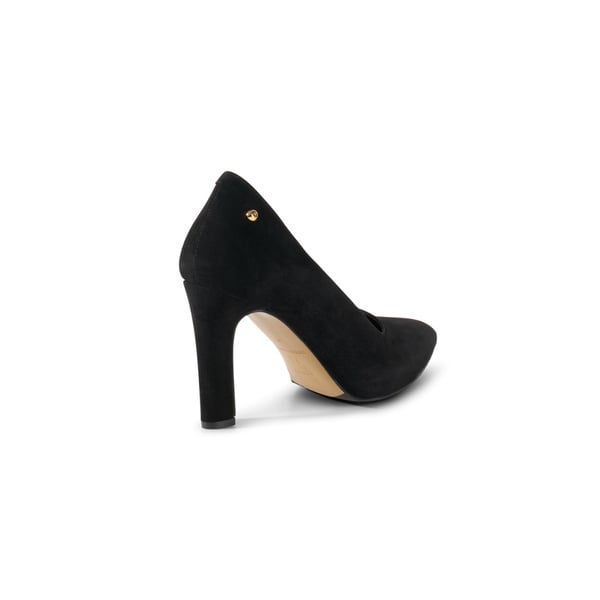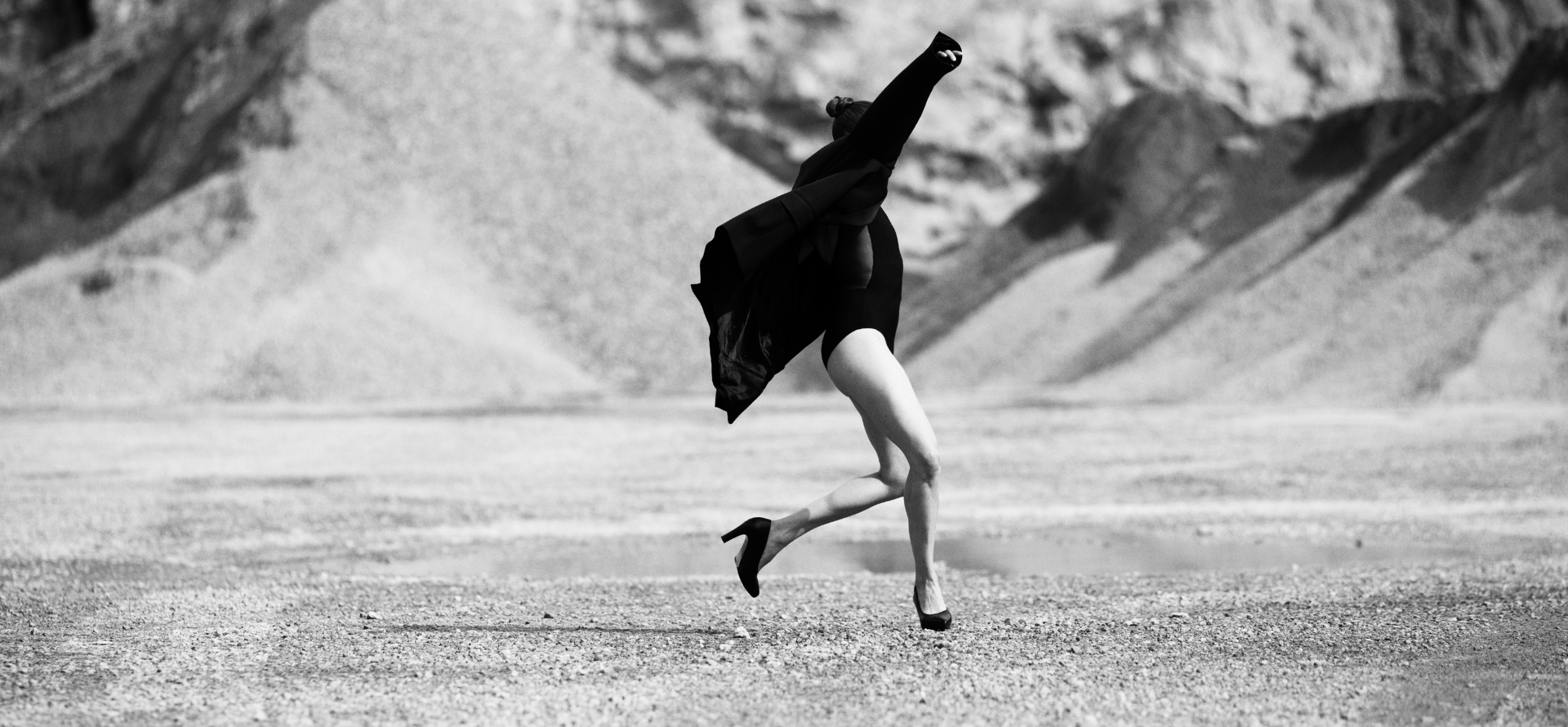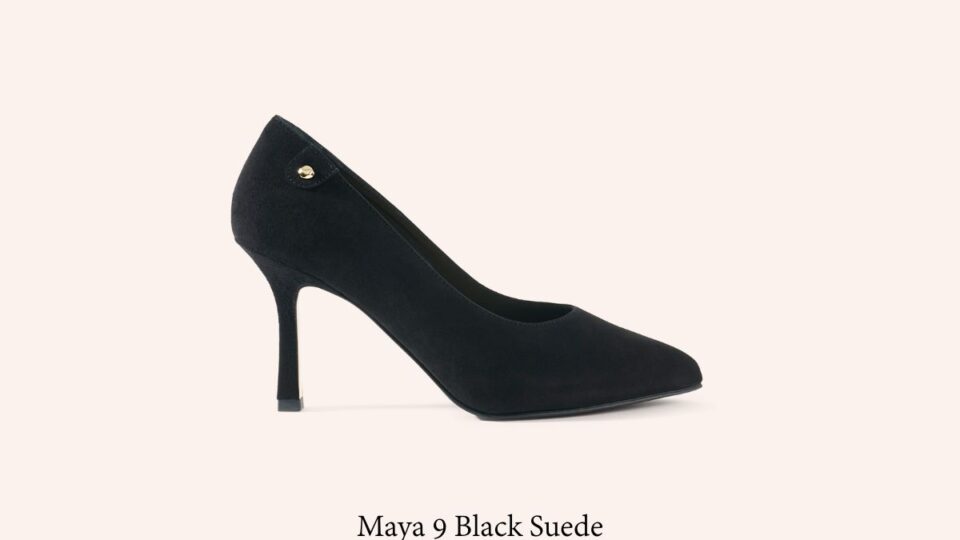As many as 70% of the population need extra help and support for their feet and body due to the load injuries that people with low and high foot arches experience over their lifetime.
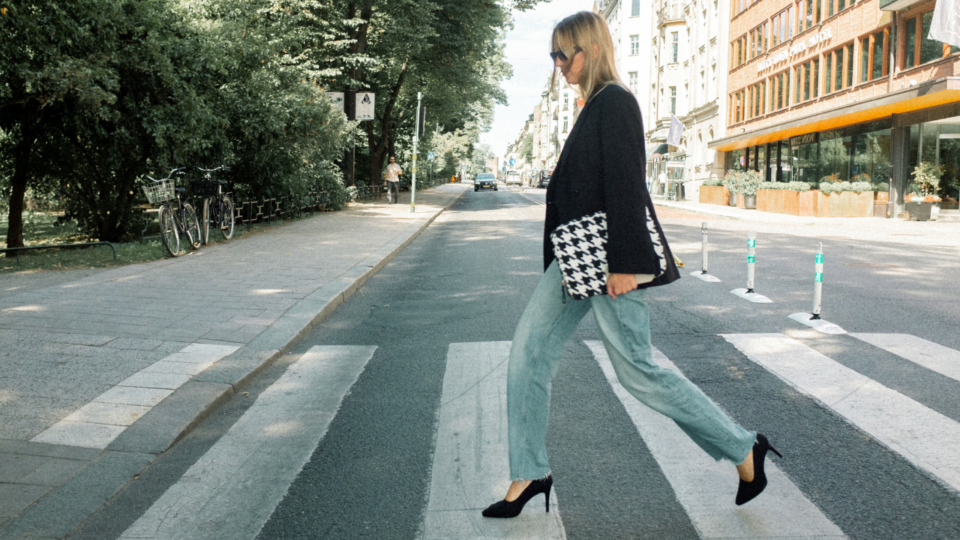
We have 3D-scanned millions of feet worldwide to collect and analyze data. Based on this, we created various orthopedic insoles to fit different foot shapes. The orthopedic insoles are the heart and soul of Stinaa.J.
Read more about our orthopedic high heels in a short interview with our orthopedic technician, Peter Hedström.
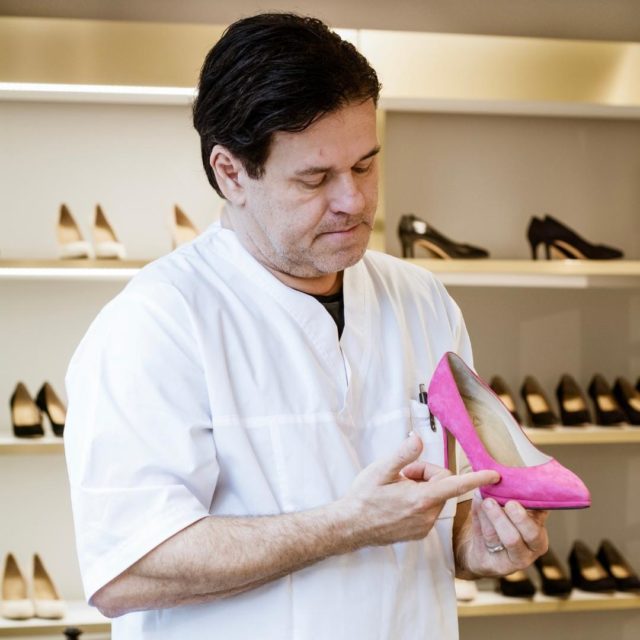
What pumps do you offer?
We offer two different pump models with heel heights of 6 cm (2.36 inches) and 9 cm (3.54 inches). We started with the more challenging 9 cm (3.54 inches) model and then designed the lower-heel model. All our pumps have integrated orthopedic insoles that provide support on all surfaces.
What distinguishes Stinaa.J pumps the most?
I would say it’s their biomechanical and orthopedic functionality! Our primary focus is to create a solid foundation for the shoe so that the orthopedic benefits can be fully realized. The insoles are fully integrated, and each shoe is built around them. The exterior design is also highly functional, with a wider front, an extra-strengthened heel cap, a platform, and carefully chosen leathers. This combination offers stability, comfort, and shock absorption in different environments.
What materials do you use externally?
The materials vary depending on the shoe model. The different types of leather we use to provide stability and the ability to mold to the wearer’s feet over time. In general, we encourage patience when buying your first pair of Stinaa.J shoes. Ideally, the orthopedic insoles will mold to your feet and encourage a more natural step.
We mainly use high-quality materials for the exterior, including grained and patent leather and suede. More product news is coming soon!
What do your customers say they are most satisfied with regarding your pumps?
Many customers report feeling better, experiencing less pain or discomfort in the feet, knees, hips, or back, and being able to wear heels again after years of using flat shoes.
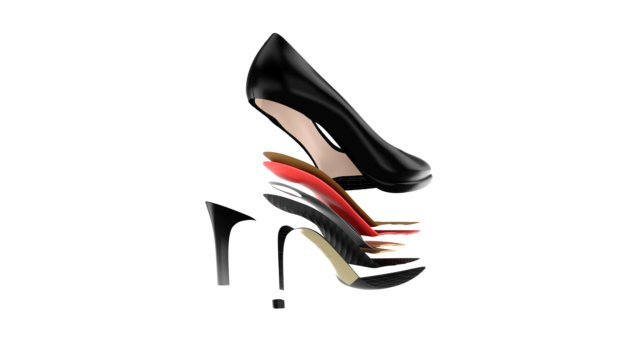
If feet land slightly outward or inward, stability is compromised, and the ability to absorb shock decreases drastically. This creates a vicious cycle, leading to discomfort, pain, and injury
Why do you often say that Stinaa.J shoes are an investment?
We position ourselves at the intersection of technology, innovation, and fashion. Our shoes are unique, and it took us many years of research, development, and patent work to finally introduce this kind of product to the market.
We build our orthopedic insoles using some of the best materials available today. We do not compromise because, without high-quality materials, the insoles would not provide optimal relief for the body. The materials we use are also found in the space and professional running industries and are high-cost. When you combine these with premium exteriors (leathers) and the extensive work involved, you get the price we charge. Think of it as an investment in your well-being—classic, beautiful shoes that are also good for your body.
We can break down the cost even further. If you have foot pain, you might try different footwear, but if this doesn’t help, you may visit a traditional orthopedic technician. They will mold insoles that only work as inserts (usually only for flat footwear). You wait for them, pay for them, use them, and return for adjustments. The final cost of this process can be more than a pair of Stinaa.J shoes. Our shoes are ready to do the job, designed to fit most feet, and made from some of the best materials available today. Moreover, because Stinaa.J is now large enough to order larger quantities and negotiate prices, our shoes would have been even more expensive otherwise.
What is the difference between pumps with 6cm and 9cm heels?
The main difference is the heel height and how we adjust the insoles accordingly. The insole itself provides consistent support, whether standing or walking. We created a platform for the 9 cm pumps to reduce strain on the body’s joints and muscles.
Tell us more about the construction of Stinaa.Js 9cm pumps.
Our 9 cm (3.54 inches) pumps were the first of their kind and marked the beginning of Stinaa.J. They presented a significant challenge in design and materials. We have traveled worldwide, collecting data on movement patterns, foot types, and common injuries from standing and walking, and developed a new approach to high-heeled shoes. We never claimed that wearing high heels is natural, but we know many people love them, so we created heels with orthopedic features that lower the risk of injury.
Why don’t you make heels with a 3-4 cm lower heel?
We chose to focus on solving the more significant challenge first. Our patent covers lower heel heights, which may be included in future collections. It took decades to gather data and design our insoles and several more years to develop the current product, so we can now create lower-heeled pumps faster.
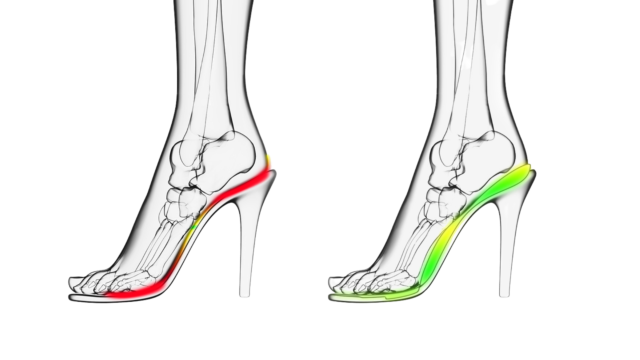
We design shoes that provide support and encourage correct foot movement. Our shoes help relieve already damaged feet and reduce the risk of future injuries.
Can I dance in your heels?
This varies significantly from person to person, depending on body structure, posture, age, and other factors. Our orthopedic technicians encourage movement but advise considering the type of movement, conditions, and speed. Always listen to your body.
I have Hallux Valgus; can I wear Stinaa.J shoes?
Our front arch support features a broader load-bearing pad, offering good relief to the frontal arch. The front of our pumps is wider, providing more space and reducing pressure on the big toe joints. However, since everyone’s needs differ, we encourage customers to try our shoes and see if they work well for them.
Read more about what our shoes do for you.
